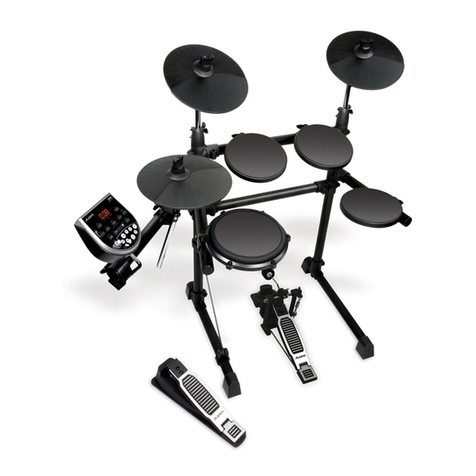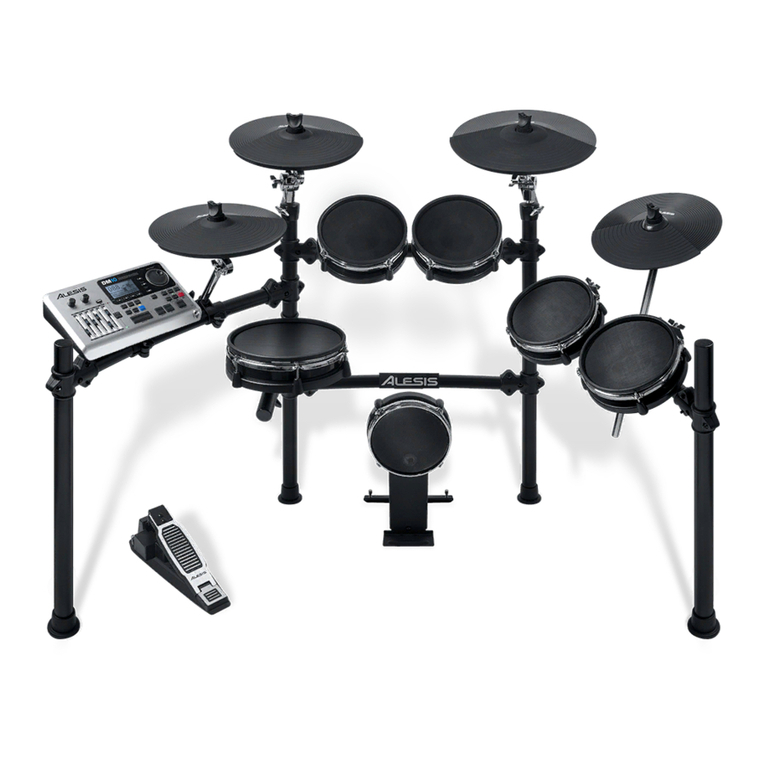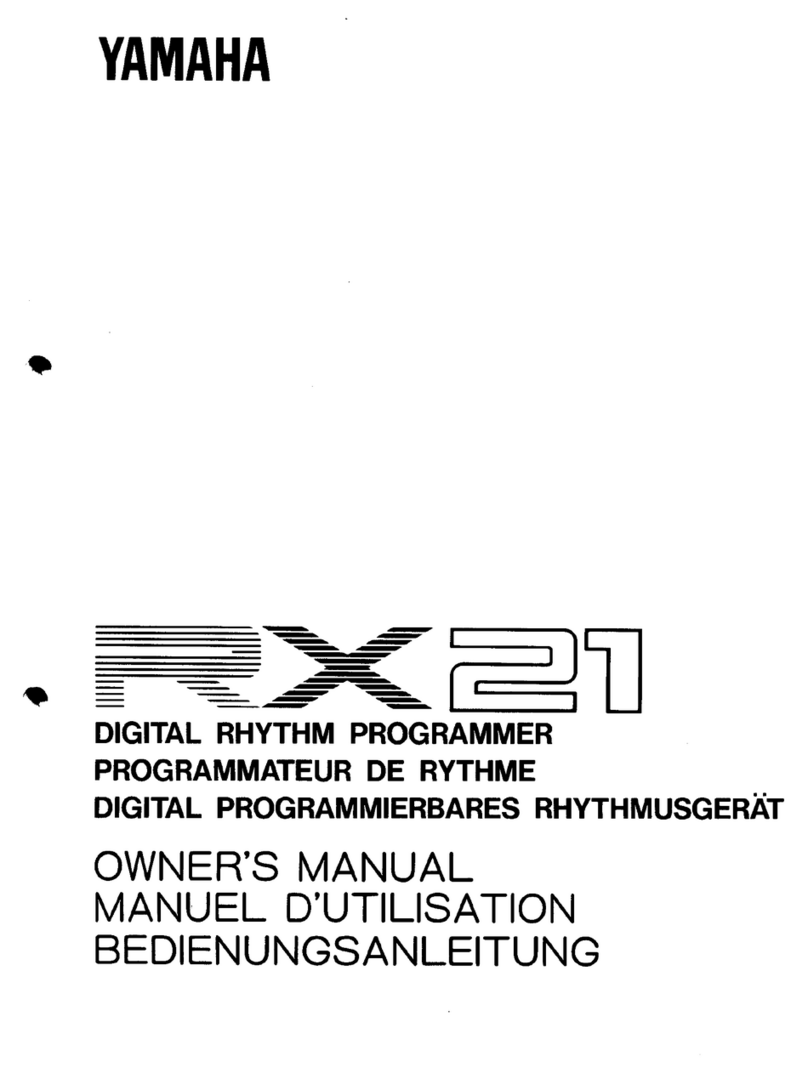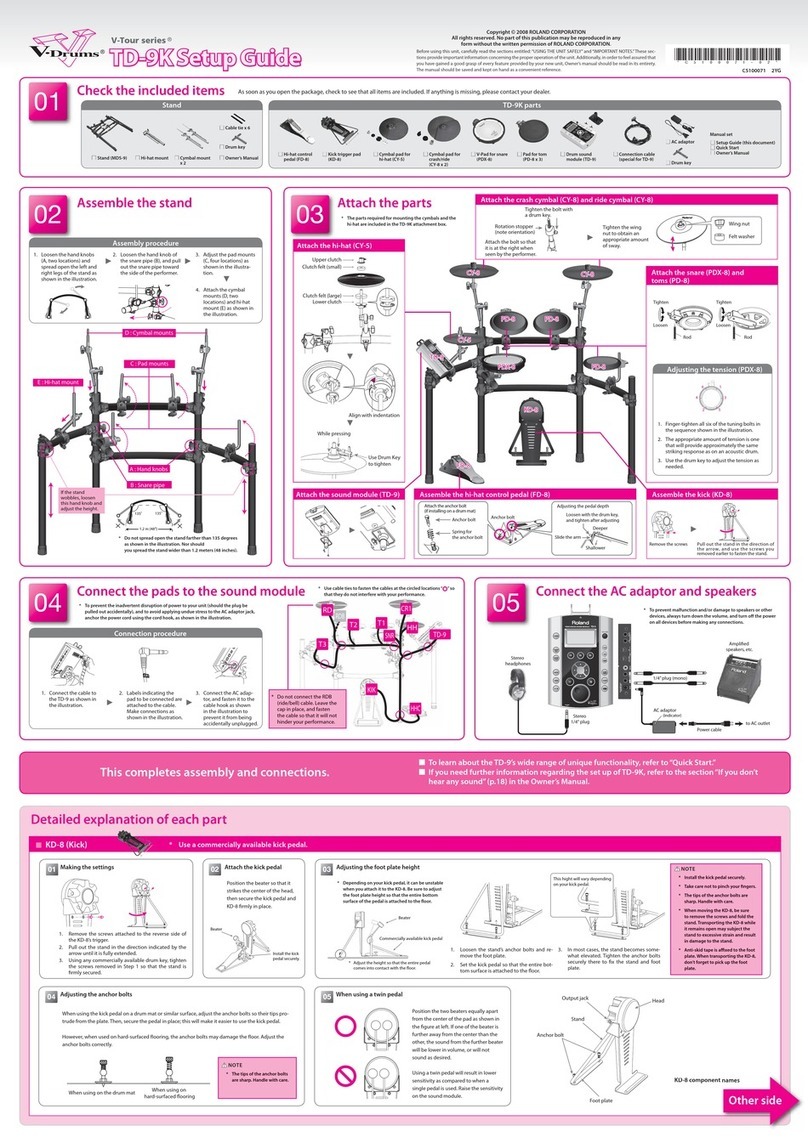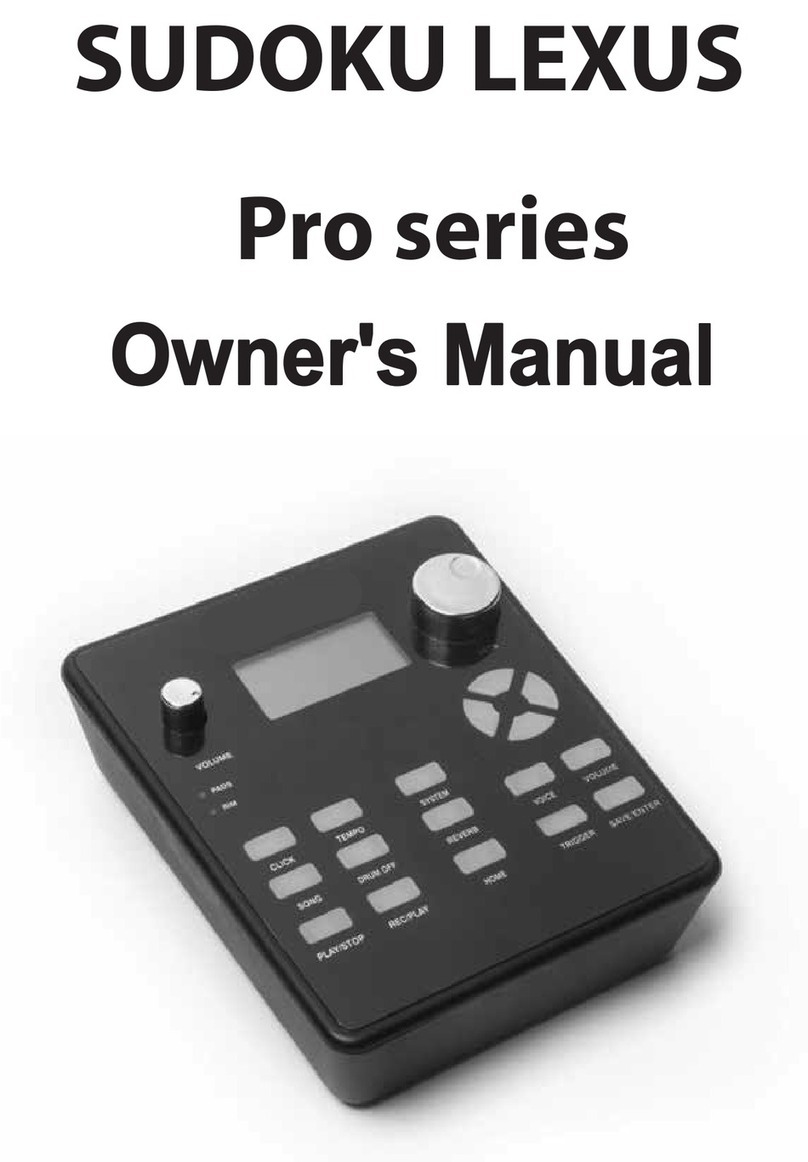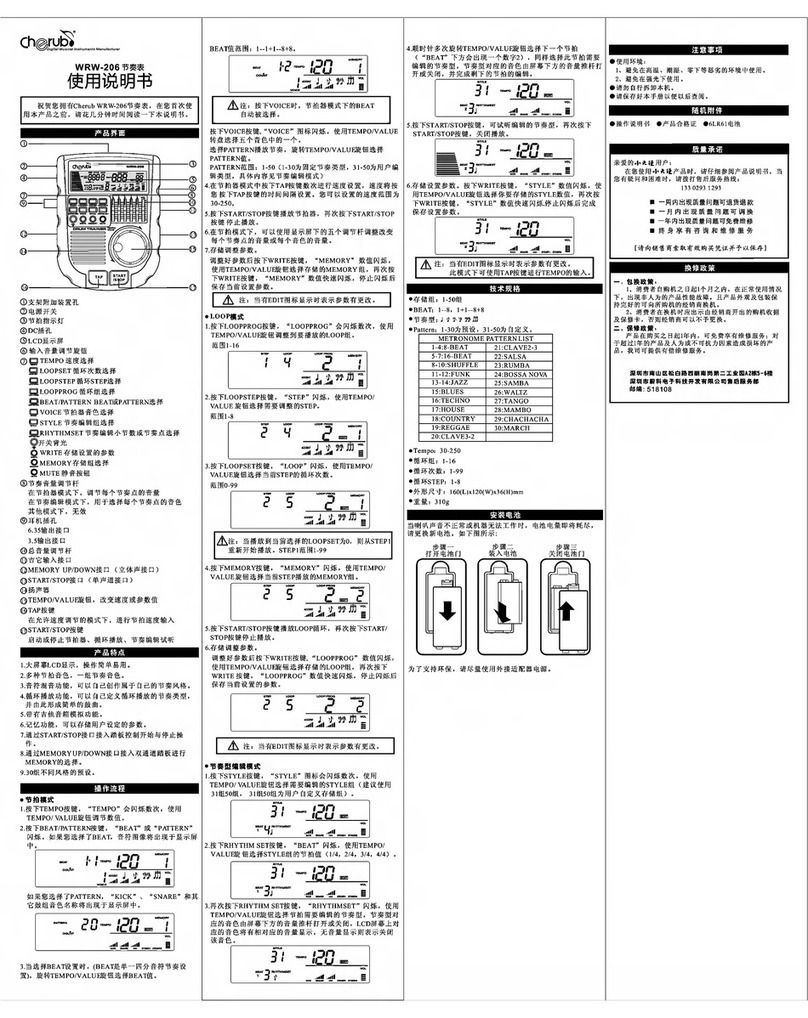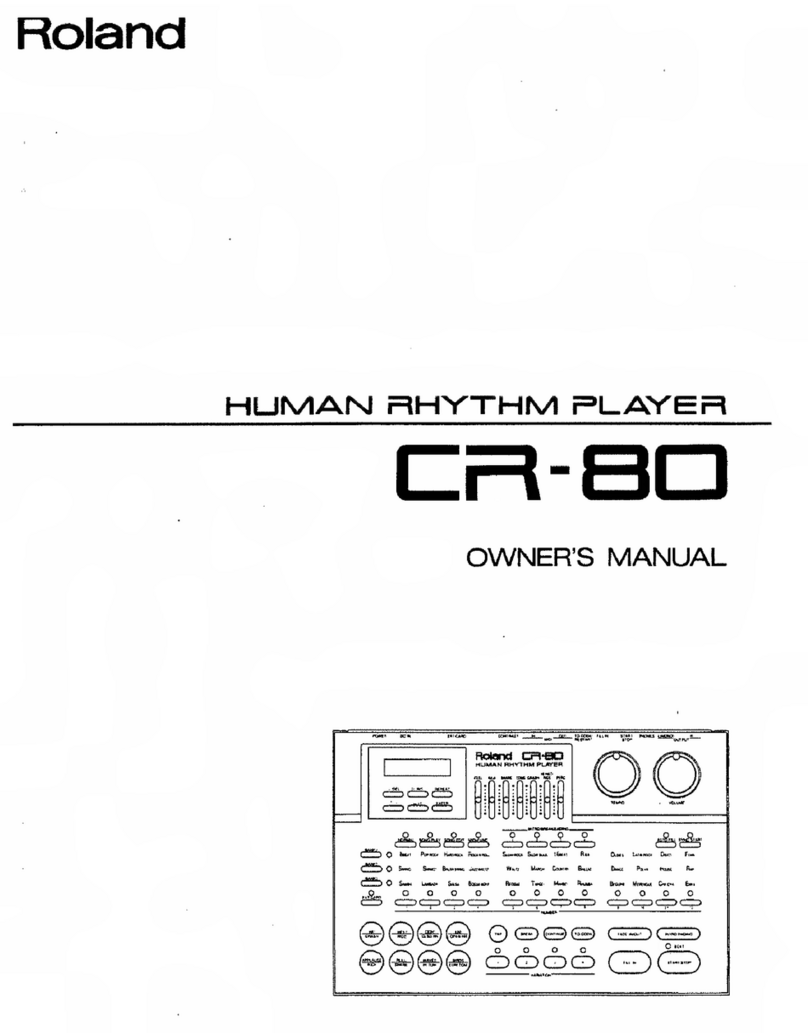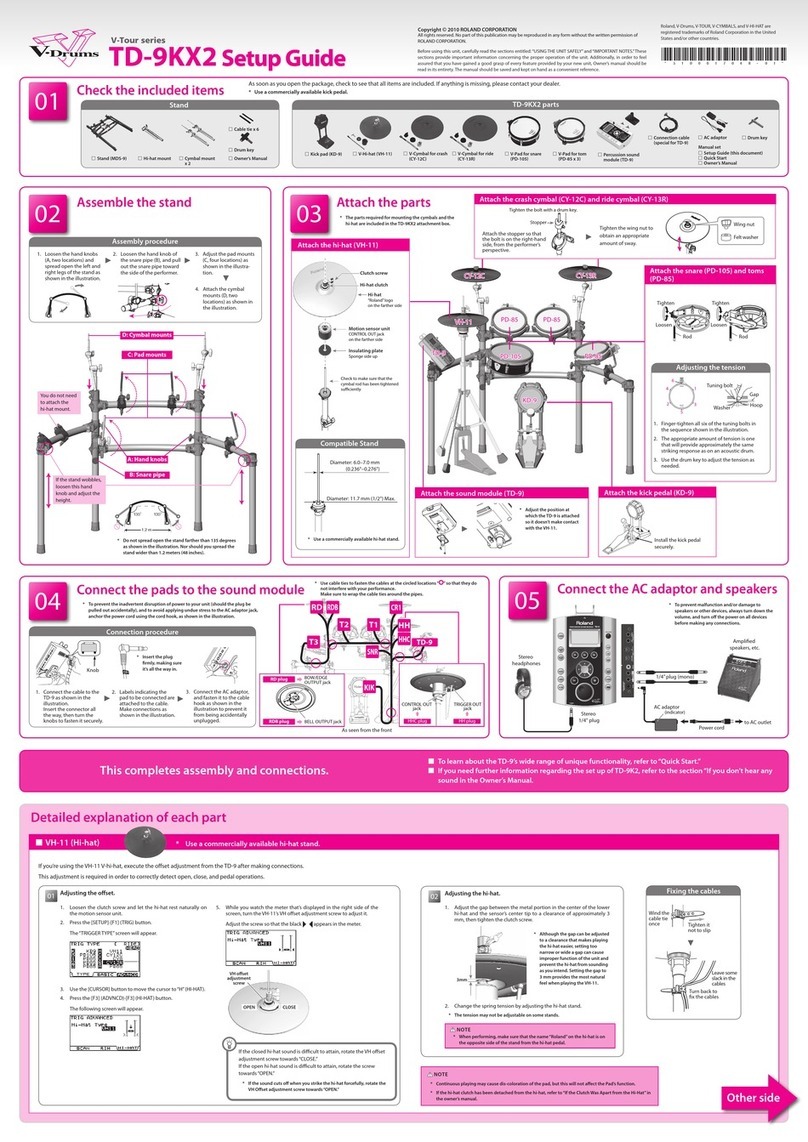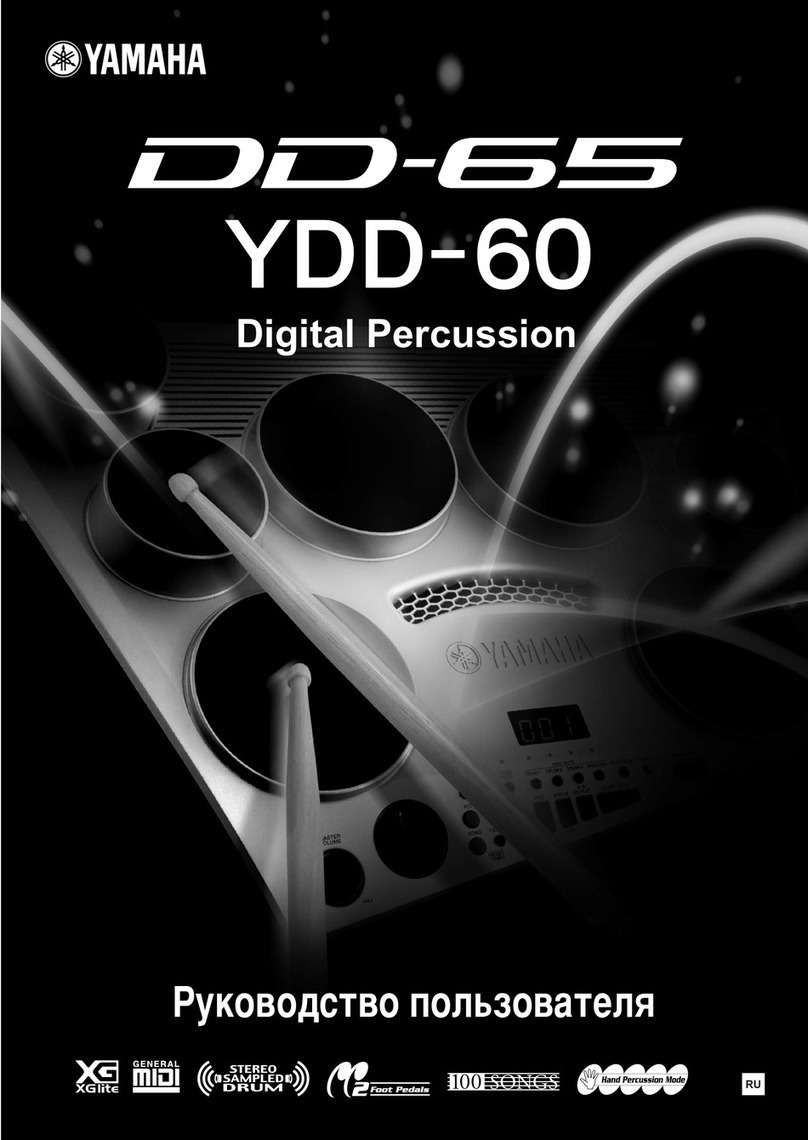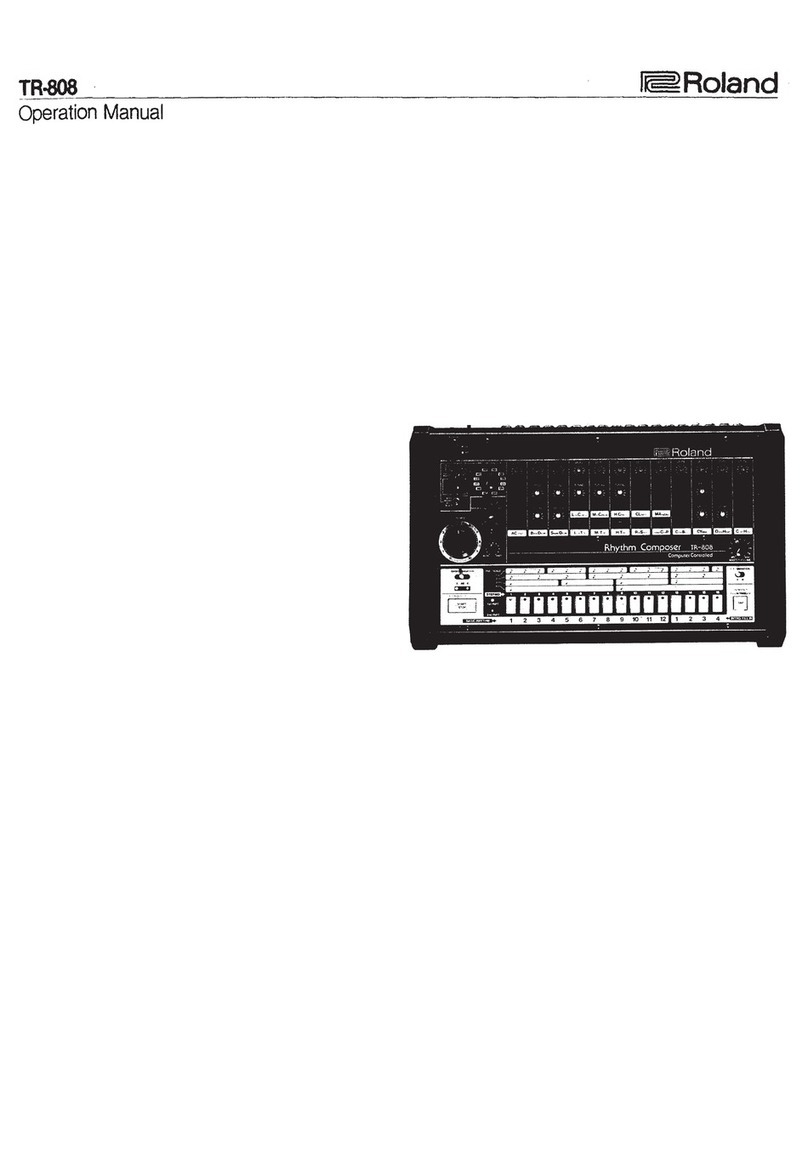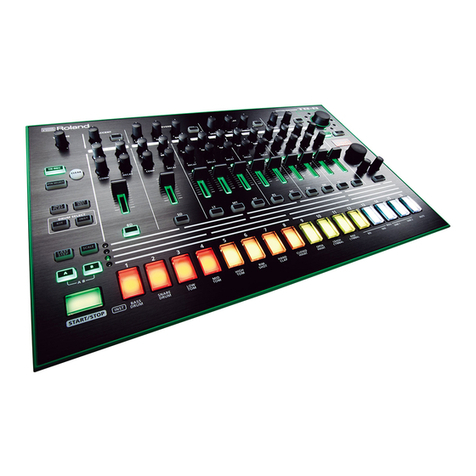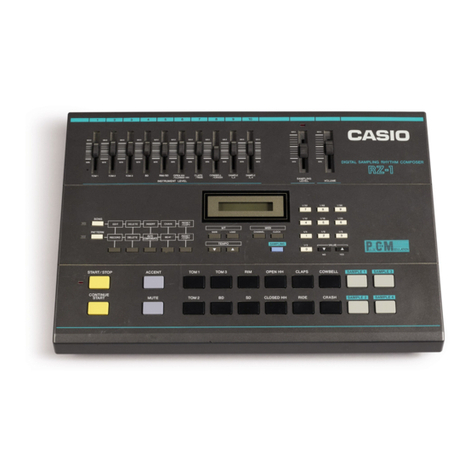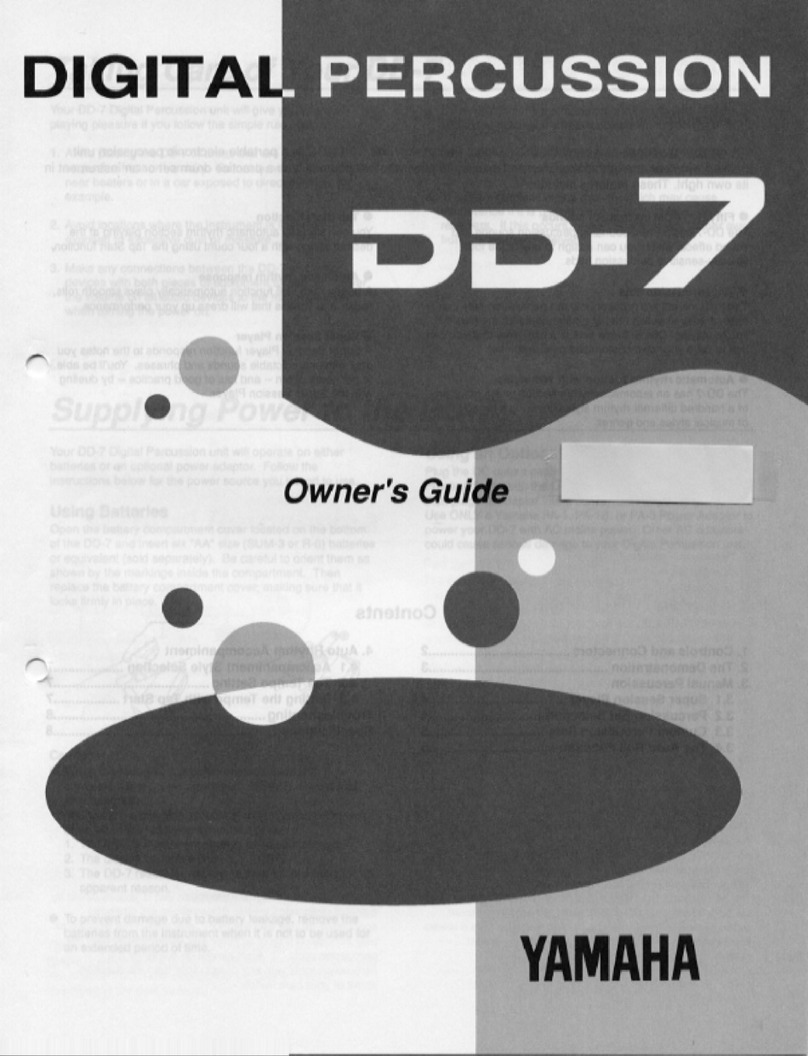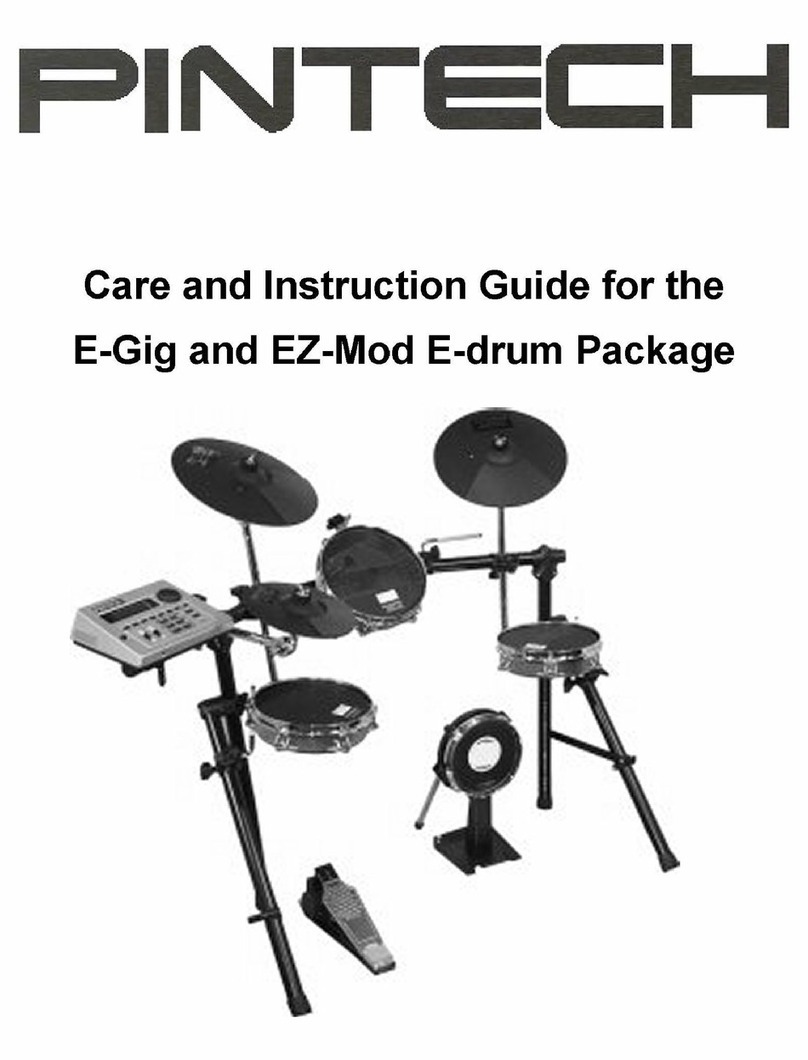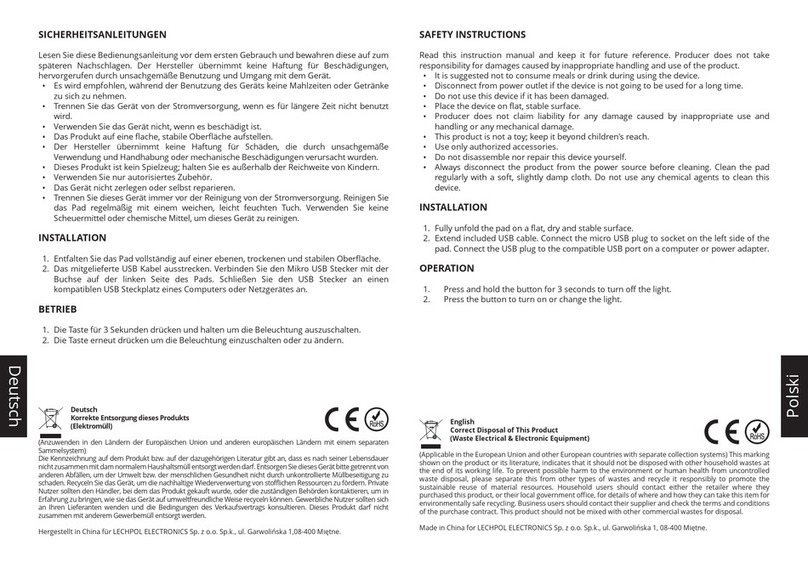Alesis DM Pro Kit Operating and maintenance manual
Other Alesis Drum manuals

Alesis
Alesis Surge Cymbal Pack 1 User manual

Alesis
Alesis SR-16 Manual

Alesis
Alesis DM5 Manual
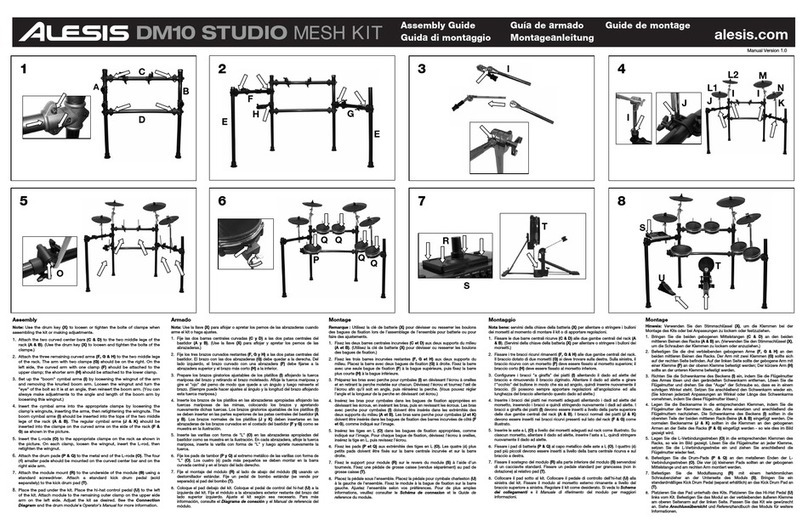
Alesis
Alesis DM10 MKII Pro User manual
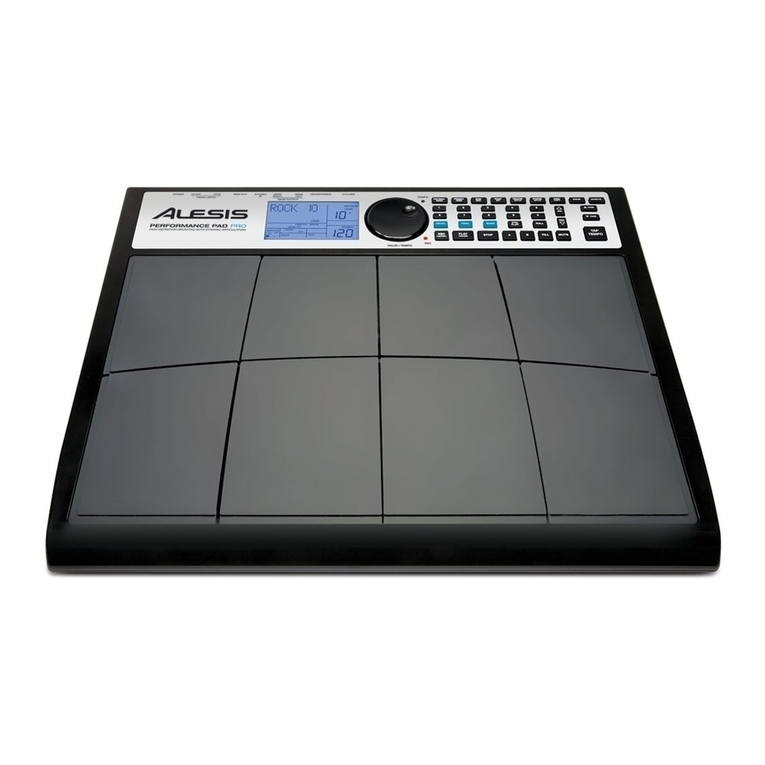
Alesis
Alesis Performance Pad Pro User manual
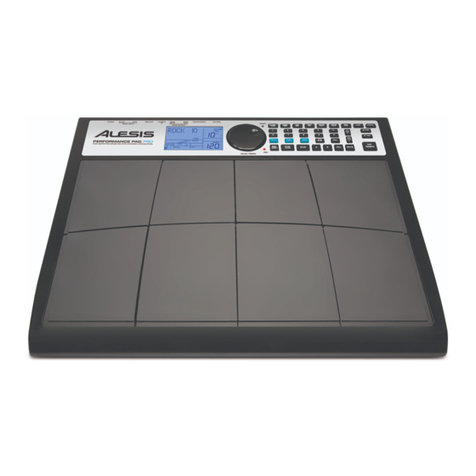
Alesis
Alesis Performance User manual
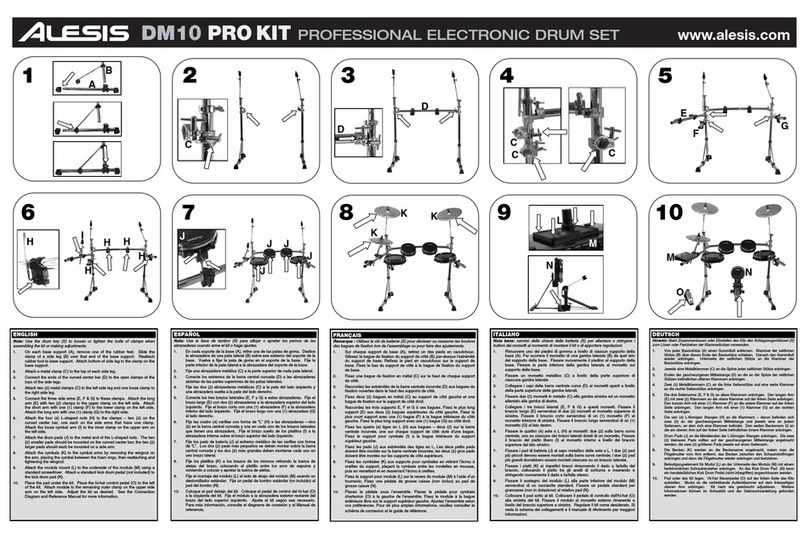
Alesis
Alesis DM10 PRO KIT User manual
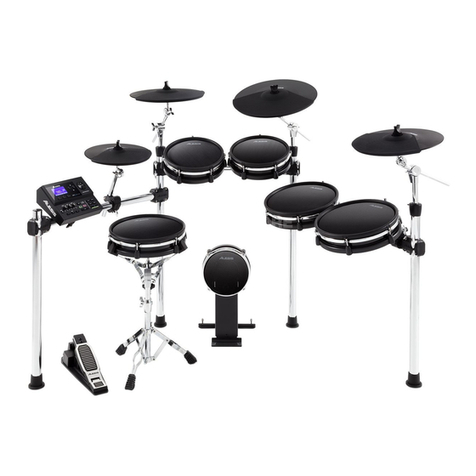
Alesis
Alesis DM10 MKII Pro User manual
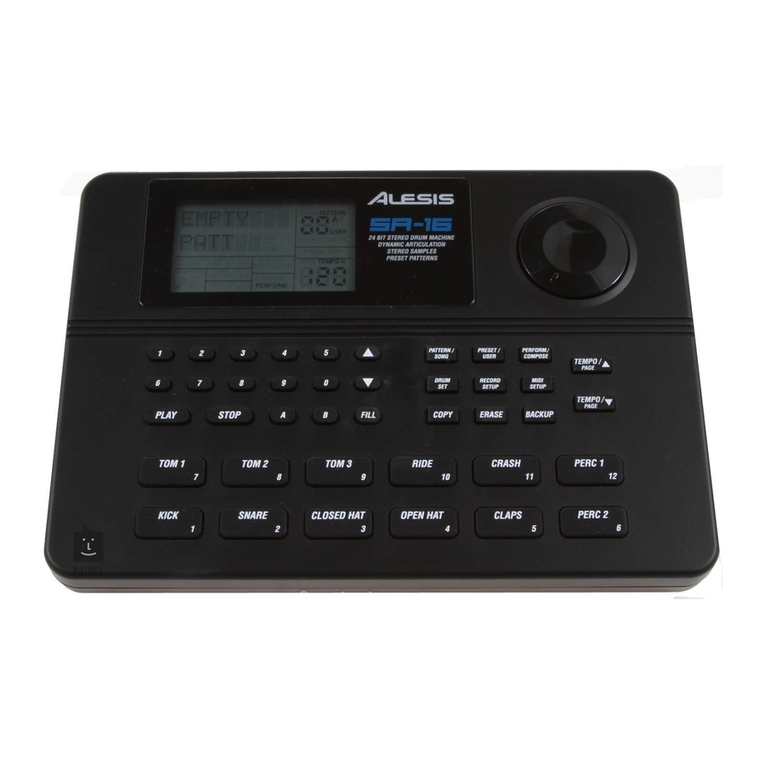
Alesis
Alesis SR-16 User manual

Alesis
Alesis BASSFIRE 60 User manual

Alesis
Alesis COMPACTKIT 7 User manual

Alesis
Alesis DM5 User manual
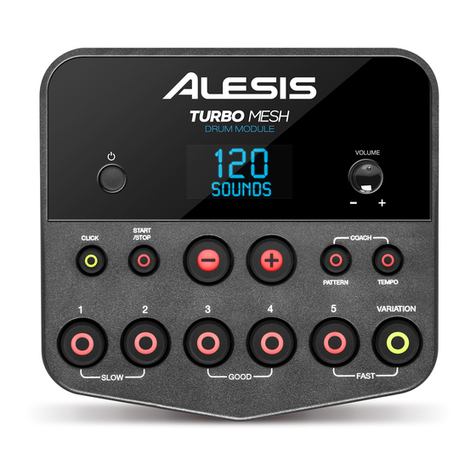
Alesis
Alesis Turbo Drum Module User manual
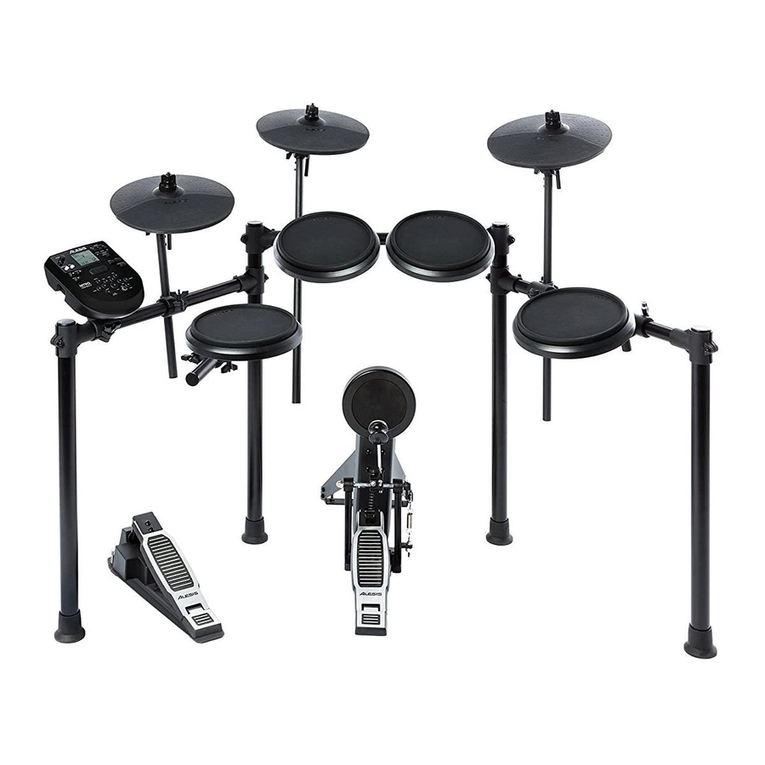
Alesis
Alesis Nitro User manual

Alesis
Alesis STRIKE User manual

Alesis
Alesis PRO X HI-HAT User manual
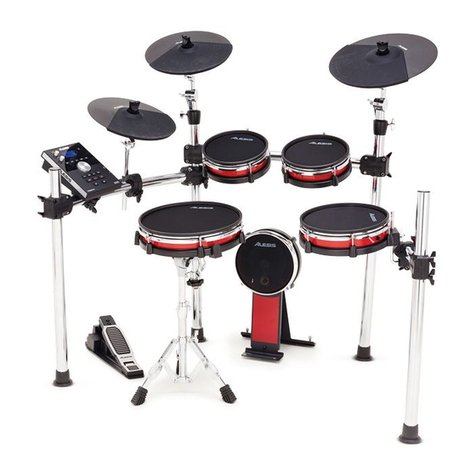
Alesis
Alesis Crimson Mesh Kit User manual
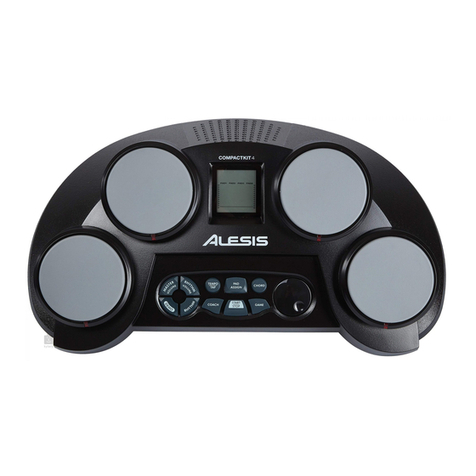
Alesis
Alesis compactkit 4 User manual

Alesis
Alesis DM5Pro Kit User manual
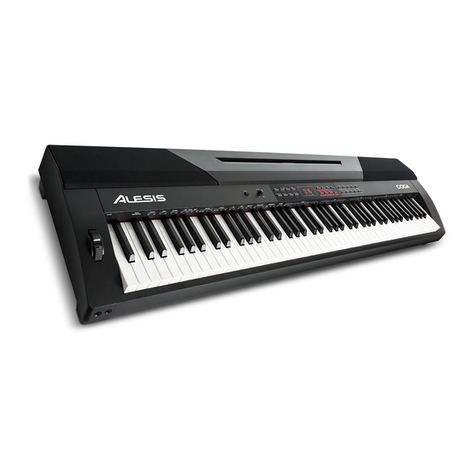
Alesis
Alesis Coda User manual
